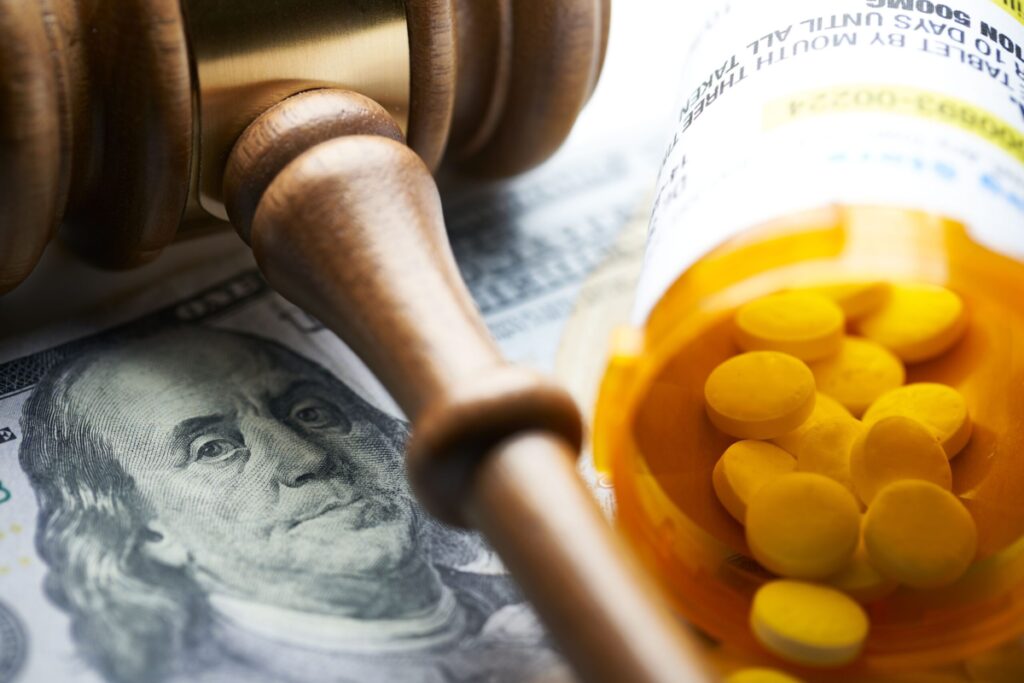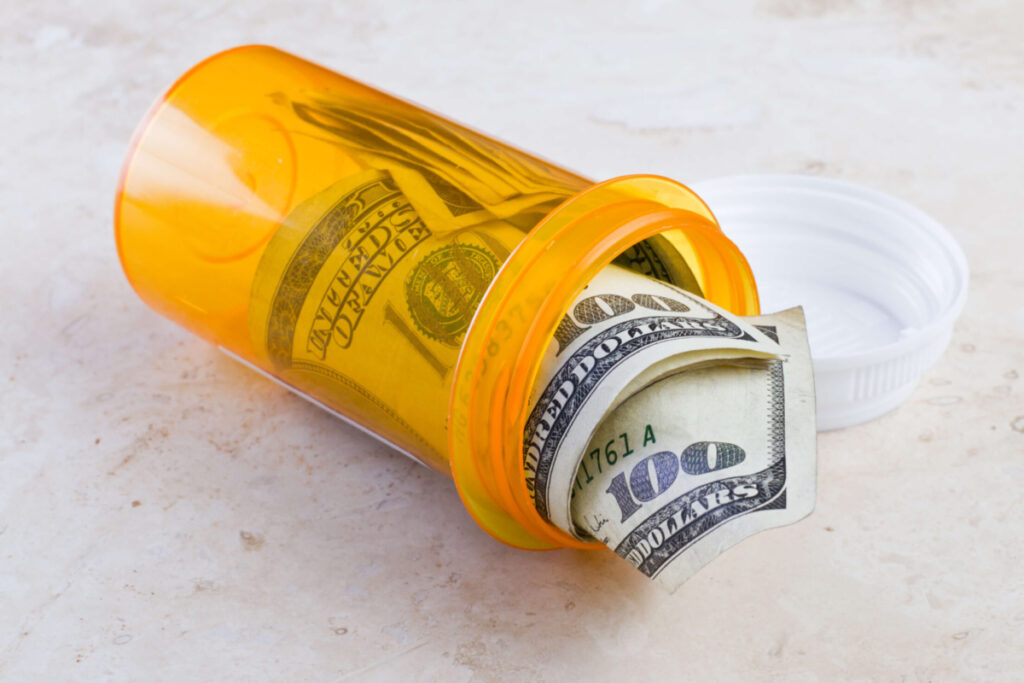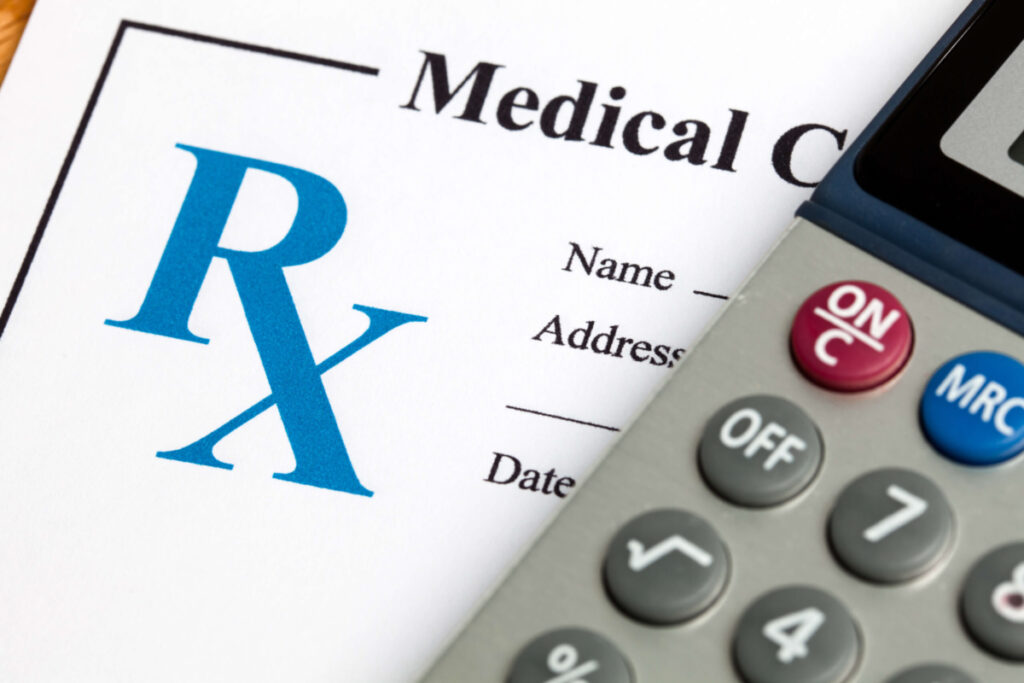Removing wasteful drugs from formularies and replacing them with drugs that offer the same benefits at a lower cost, helps state employee health plans and other public purchasers reduce spending without sacrificing value – a critical strategy for savings as states face tremendous budget pressures.
A formulary is a list of prescription drugs covered by a health plan. Common categories of wasteful drugs found on formularies include:
- High-priced, brand-name drugs for which there is a generic available (Nexium sells for $270 for a month’s supply, versus its generic, esomeprazole, which costs $30 per month);
- Combination drugs for which the combined product costs substantially more than the two components would if purchased separately (Duexis, a combination of ibuprofen and famotidine, costs $1,500 a month versus the same drugs, Motrin and Pepcid, purchased over the counter for $20 a month);
- Prescription drugs that have over-the-counter options available; and
- “Me-too” drugs, which are expensive “new” drugs that offer minor “tweaks” to a generic (e.g., a different strength or extended release) but have no added clinical value, compared to the less expensive original.
Which drugs are wasteful?
To check a drug formulary for potential savings, check to see if any of these wasteful drugs identified in the Johns Hopkins Bloomberg School of Public Health report, Removing Waste from Drug Formularies, are on its list.
If they cost so much more without any added value, why are these wasteful drugs on formularies to begin with? Pharmacy benefit managers (PBMs) use placement on a formulary as leverage when negotiating rebates with drug manufacturers. When PBMs are paid based on a percentage of rebates, higher-cost drugs yield higher rebates, creating an incentive for PBMs to favor wasteful drugs on formularies instead of lower net price, therapeutically equivalent options.
Health plans can change their PBM contract terms so a PBM is reimbursed through an administrative-fee-only model and can require 100 percent pass-through of rebates to realign PBM incentives with the health plans interests. The National Academy for State Health Policy (NASHP) has created model PBM contract language for states and other public purchasers working to rein in drug costs to include in their contracts with PBMs.
Several public purchasers have already put waste-free formularies to the test and experienced savings. For example, Self-Insured Schools of California (SISC), a community of public schools that represents 260,000 members, stopped covering more than 600 drugs that did not provide value. SISC found health care providers were comfortable changing prescriptions to accommodate the changing drug formulary because the alternative drugs were just as safe and effective as the more costly versions that were being excluded from the formulary. One example was removing the 1,000-mg dose version of metformin, which cost $352 for a 30-day supply from the formulary but keeping the more affordable lower-dose option of metformin HCL ER 500-mg pills, which cost $12.68 for 30 days. The same clinical benefits are available from the far less costly 500-mg pills, if two are taken, as are from the far more expensive 1000-mg formulation.
SISC instituted its formulary changes, which focused on covering clinically effective drugs with the lowest net costs, in combination with other strategies to more actively manage its pharmacy benefits. SISC’s approach included working with a pharmacy consultant, with no conflicts of interests with PBMs, to secure a transparent, pass-through contract with a new PBM. SISC’s results show a marked decline in per member per months drug costs from $87.31 in 2013 to $78.65 in 2019 – a time of rapidly rising drug costs.
The New Jersey State Health Benefits Program and the School Employees Health Benefits Program (SEHP/SEHBP), representing 800,000 lives, have also been active in removing waste from their formularies. Their initial strategy for 2019 focused on excluding high-cost brands and generics when a therapeutically equivalent, lower-cost generic was available, which generated approximate savings of $12.8 million per year. Their focus for 2020 is removing prescription drugs for which over-the-counter equivalents are available – a category of spending projected to save approximately $12.6 million a year.
Effective communication with plan enrollees is an essential part of the New Jersey SEHP/SEHBP approach. For example, state plan officials work with union leaders to educate their members about why a drug may be removed from the formulary while also providing a list of alternative medications offering the same clinical benefits. Another key message is the importance of eliminating spending on wasteful, low-value drugs in order to free up resources for coverage of new, high-priced, life-saving medications that are coming to the market.
Researchers at the Johns Hopkins Bloomberg School of Public Health have identified a list of wasteful drugs and less-costly therapeutic alternatives in the report, Removing Waste from Drug Formularies, and have created a worksheet that health plans can use to determine their potential savings when removing specific wasteful drugs. Its analysis of 15 self-insured plans and approximately 2.5 million drug claims found potential savings of $63.3 million if the plans were to remove wasteful drugs from their formularies.
For more information, including special access to a June 2020 webinar recording on waste-free formularies limited to state officials only, please contact Jennifer Reck.



